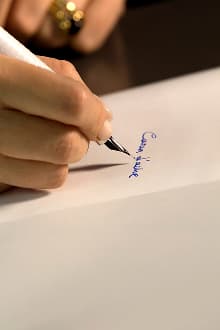Our colour and writing products are manufactured in our workshops in Geneva since 1915.
FIVE WAYS TO USE ACRYLIC PAINT
Painting with acrylics is an accessible technique available to all budgets and easy to learn. Acrylic paint features on every art student's supplies list. As it can be used in many different ways, acrylic allows for experimentation and creativity. Budding artists can express their creativity, while more confirmed artists can make the most of the multiple techniques offered by acrylic paint in their works. Its main advantage? It is a water-based paint that can be thinned. The tools and surfaces used can be cleaned easily, on condition of doing it quickly before the paint dries. Most of the time acrylic paint comes in tubes or bottles.
Now that you’re all set and have your first colors, how will you use them? This article offers you a guide to 5 techniques to try out with acrylic paint.
THINGS TO KNOW BEFORE YOU START PAINTING WITH ACRYLIC
What surfaces can acrylic paint be used on?
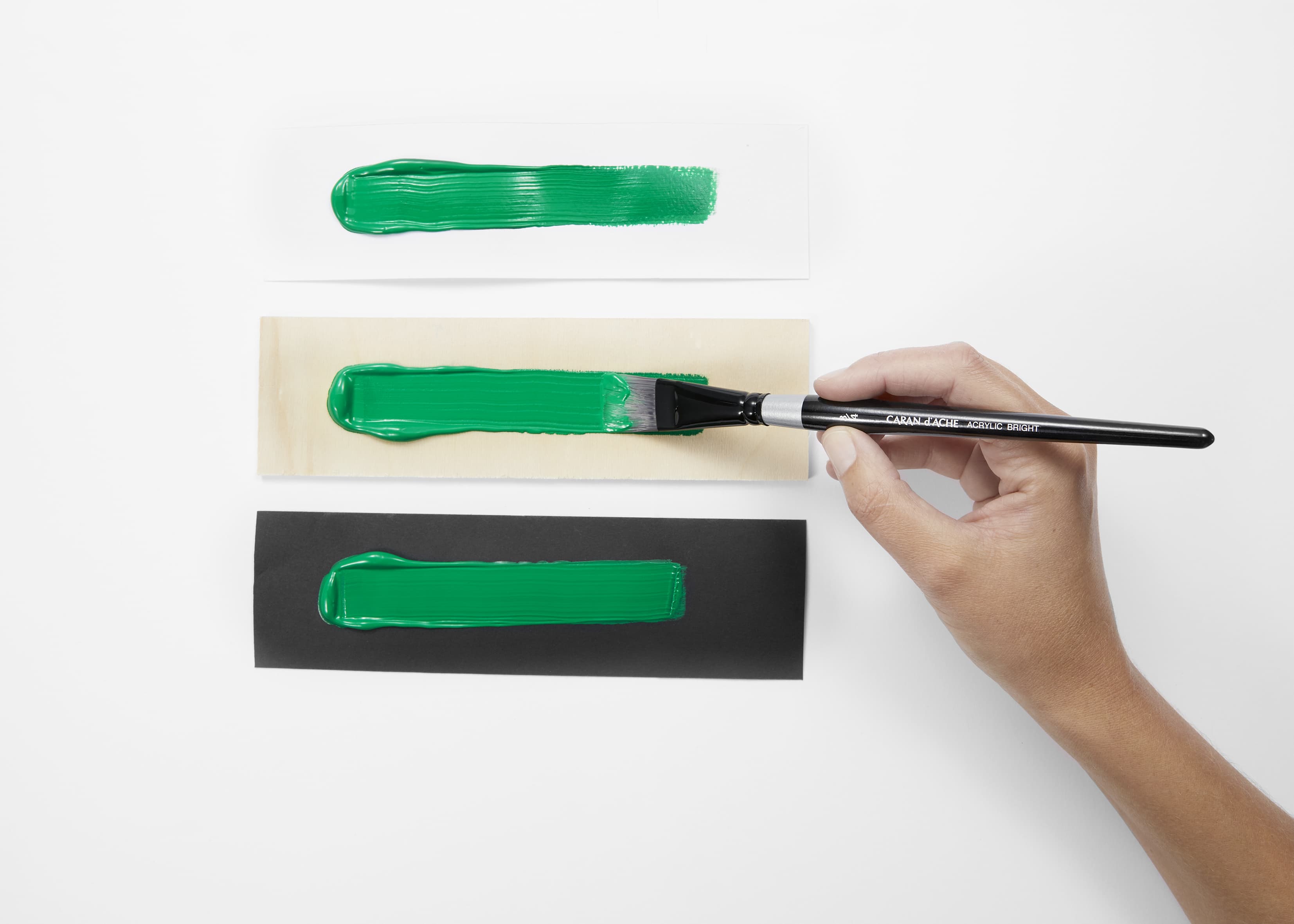
While in theory acrylic paint works on all surfaces, you can also prime your surfaces or apply a base coat of white acrylic paint for better adhesion. It’s also a way of creating effects by playing with the textures present on the surface.
If you're painting on canvas, apply a base coat of white or color paint beforehand all over the canvas. It will then be smoother and ready to use with a more homogenous surface.
Some key technical terms
A wash is a thin coat of diluted color and a technique that is widely used in watercolor. You can re-create the effect by diluting the acrylic paint with a larger amount of water.
Can acrylic paint be used on a drawing pad?
Drawing pads are a practical way of carrying your work around or for working outside. Whether at home or in a studio, they allow you to create notebooks of your work. If you’re painting on paper, we recommend a thick, heavy paper with a high GSM as the surface must be able to absorb water without being damaged. The Caran d'Ache 220 GSM (220 g/m2) drawing pads are perfectly adapted to acrylic paint. Unlike oil paint, acrylic paint dries quickly so you can take your pad with you and sketch what you see around you with your paintbrushes and colors.
Thanks to this short drying time and its ease-of-use, acrylic paint is the ally of every art student who wishes to perfect their painting techniques.
We can now look at the different techniques used with acrylic paint.
FIVE TECHNIQUES TO TRY OUT WITH ACRYLIC PAINT
1. Mixing different colors of acrylic paint
You can mix your acrylic paints directly on your palette, which allows you to create your own colors or to personnalize nuances to match your work.
For beginners, getting primary colours is a good way to start using acrylic paint. With just 3 colors - magenta red, cyan blue and yellow - it is possible to experiment. We also recommend adding white and black to your palette to vary the color values.
Some key technical terms
You can then purchase other colours to make the most of the quality of the pigments selected by the manufacturer. It should be noted that the higher the concentration of pigment, the better value the paint is. The pigments found in Caran d’Ache's acrylic paint guarantee bright colours and are light resistant. The paint is available in 250 mL tubes. While primary colours are of course available, a wide range of hues completes our catalogue. Altogether you will find 30 different ones.
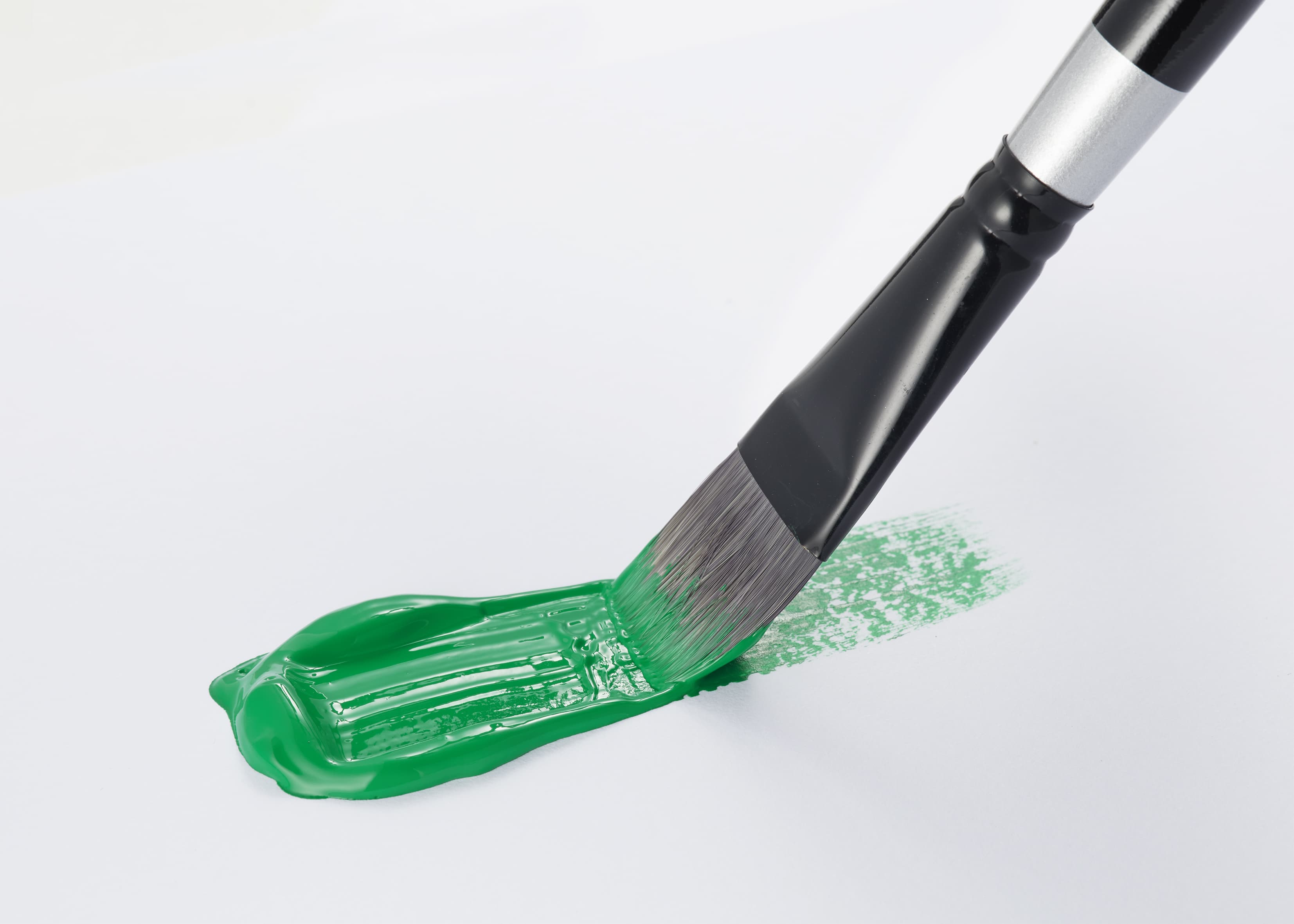
2. Layering colors for specific effects
To experiment layering colors with acrylic paint:
- 1. Paint a large color area with a high concentration of paint
- 2. Wait for this to dry
- 3. Add a second diluted colour that has become transparent
- 4. You have a new color.
By using acrylic paint this way, it is possible to create a multitude of effects.
Some key technical terms
Layering paints of different colors allows you to:
- • Create new hues
- • Work on the color gradients
- • Soften transitions.
If you are using acrylic paint to paint landscapes, glazing is a particularly interesting technique to convey atmospheric perspective. By combining the various techniques on your canvas, you’ll enhance your work's composition.
3. Mixing acrylic paint with other materials
This is one of the great qualities of acrylic paint : it can be easily mixed with other materials to make new textures, as long as you have the right tools to then apply it.
Professional and amateur artists don’t hesitate to combine the following into the paint and on the palette:
- • Sand
- • Crumpled paper
- • Starch glue
- • Wood chips
- • Coffee, etc.
Prefer dry materials that will not degrade over time. Also be careful not to mix in too much material with your paint as the combined result must be able to stick to your surface. The risk is that it will be difficult to paint with or the paint might crack later on.
4. Trying the watercolor effect
With Caran d’Ache acrylic paint, you needn’t add much water to obtain a new consistency that’s easy to apply to what you're painting. To use it like watercolor simply take a small amount of paint from the tube, you can then thin it directly on your palette or in a cup.
5. Different tools for different effects
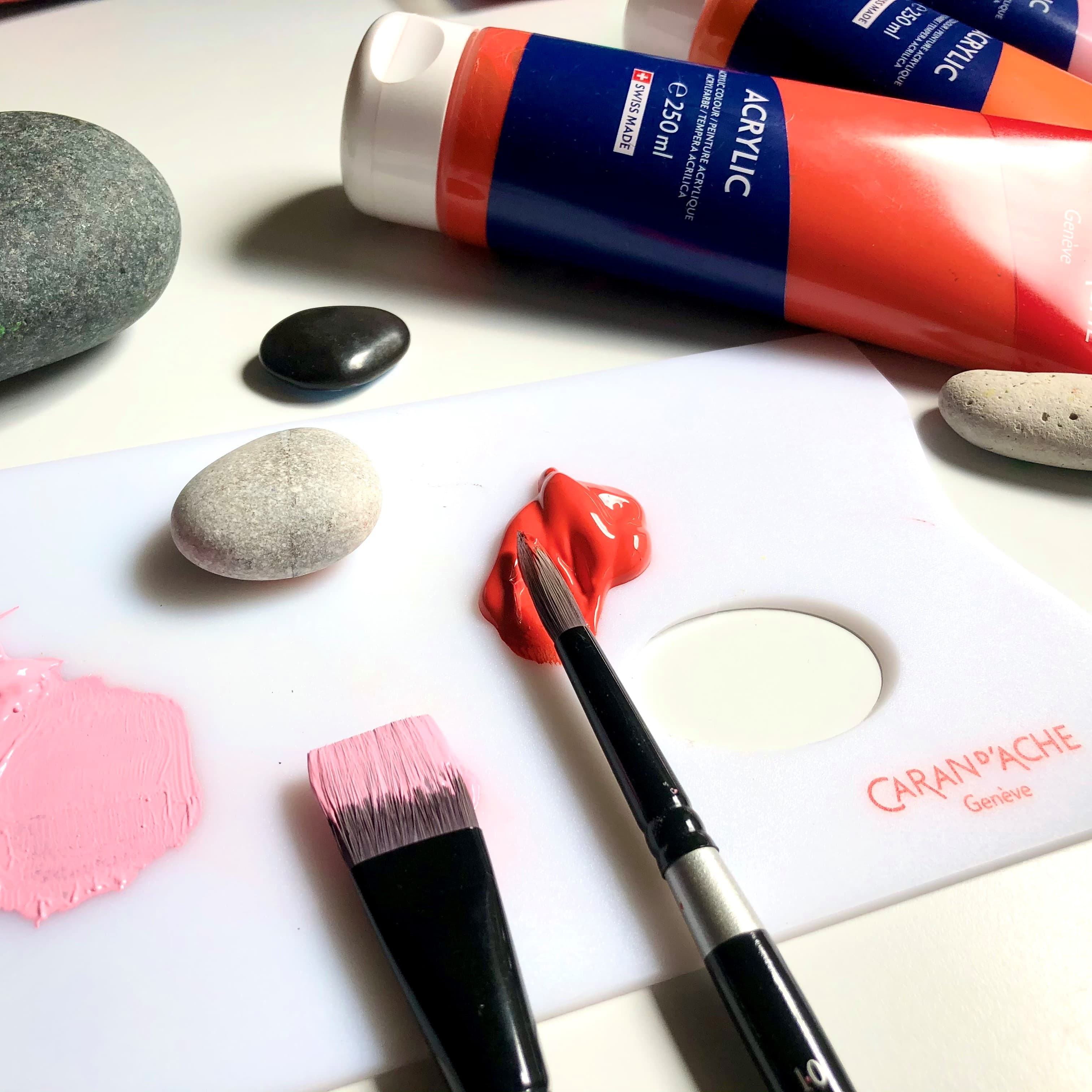
Also, remember to experiment with all types of paintbrush. Round paintbrushes, flat paintbrushes, Spalter brushes (wide, flat brushes) all give artists the opportunity to try out different painting techniques.
SOME TECHNICAL POINTS TO REMEMBER WHEN PAINTING WITH ACRYLIC
While being able to thin acrylic paint with water is one of its main benefits, make sure that you do not add so much water as to lose the pigmentation. The end result might be too pale to be seen once dry. To go even further, use acrylic paint like oil paint by making it dry more slowly- such drying retarders are available- allowing you to make changes to your work over a longer time period. Thanks to its qualities that can make it look like watercolor or oil paints, acrylic is ideal for learning to paint!
While you’re painting, make sure that your paintbrushes don’t dry out. By keeping the bristles in a glass of water, you will have them both ready to hand and easy to clean after use. The quality of your brushes will also be crucial for the final effect of your color areas and washes.

Possible return under 14 days.
+41 (0) 848 558 558
(Calls from Switzerland : at local rate. Calls from abroad : at telecom provider’s international rate.)


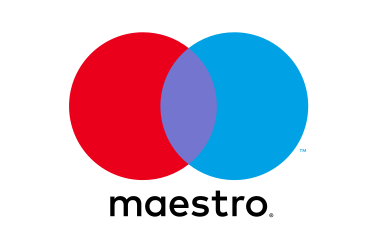

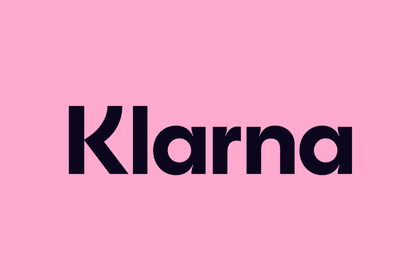

 Deutschland
Deutschland
 Austria
Austria
 Belgium
Belgium United States
United States France
France Italy
Italy Japan
Japan Netherlands
Netherlands United Kingdom
United Kingdom Switzerland
Switzerland